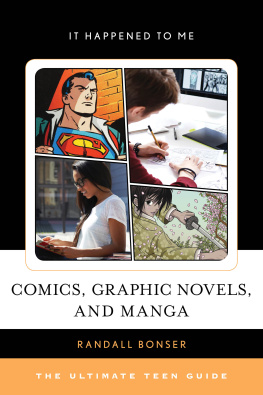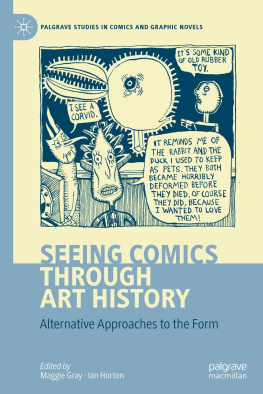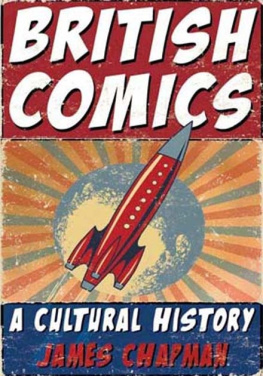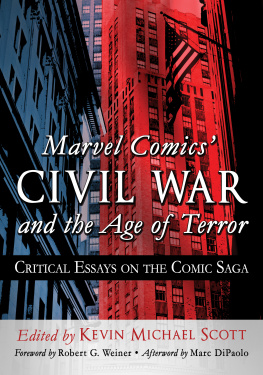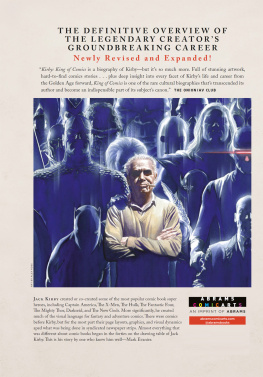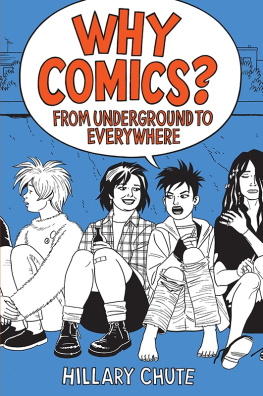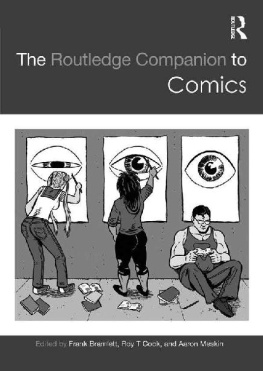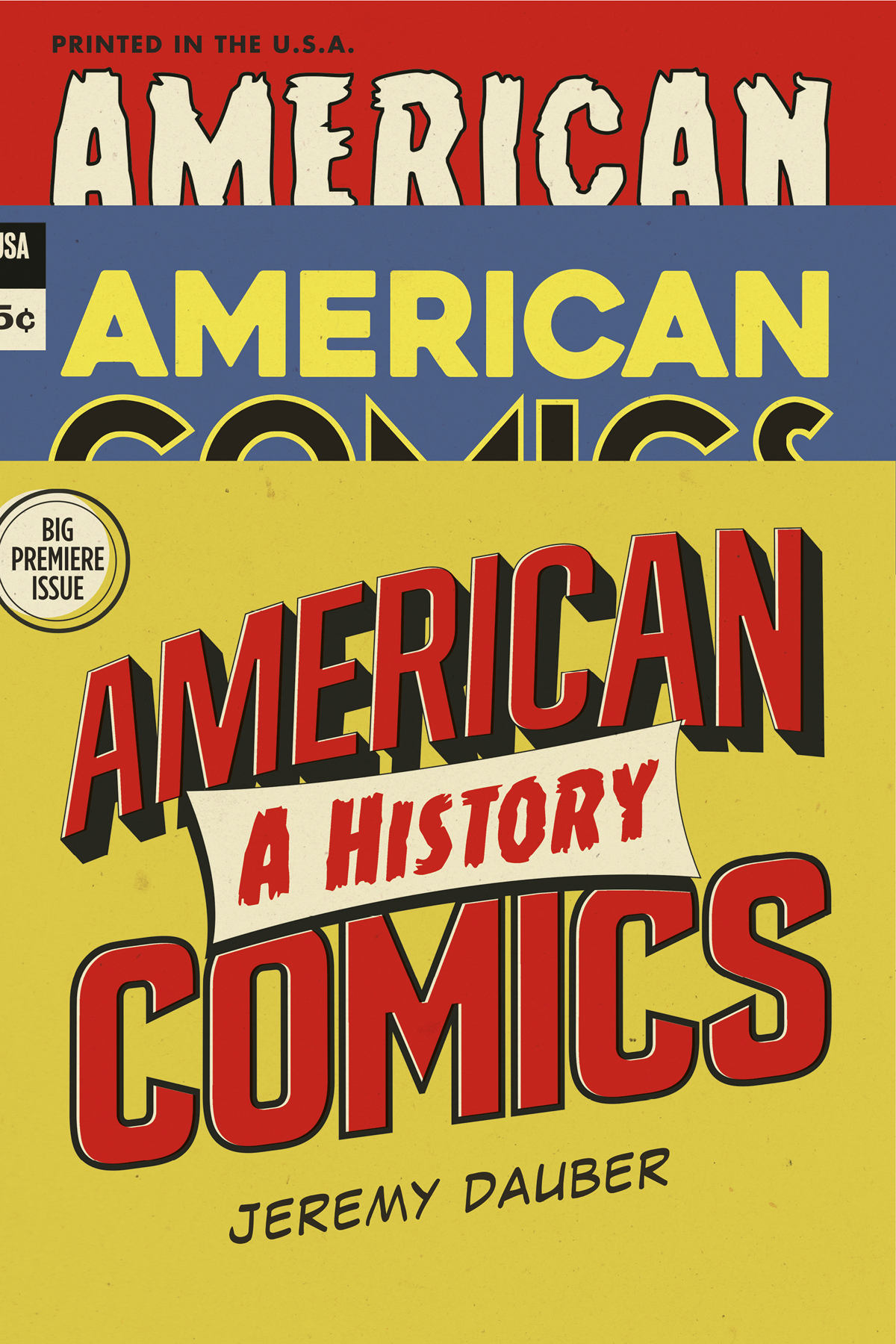Jeremy Dauber - American Comics: A History
Here you can read online Jeremy Dauber - American Comics: A History full text of the book (entire story) in english for free. Download pdf and epub, get meaning, cover and reviews about this ebook. City: New York, year: 2021, publisher: W. W. Norton & Company, genre: History. Description of the work, (preface) as well as reviews are available. Best literature library LitArk.com created for fans of good reading and offers a wide selection of genres:
Romance novel
Science fiction
Adventure
Detective
Science
History
Home and family
Prose
Art
Politics
Computer
Non-fiction
Religion
Business
Children
Humor
Choose a favorite category and find really read worthwhile books. Enjoy immersion in the world of imagination, feel the emotions of the characters or learn something new for yourself, make an fascinating discovery.

- Book:American Comics: A History
- Author:
- Publisher:W. W. Norton & Company
- Genre:
- Year:2021
- City:New York
- Rating:4 / 5
- Favourites:Add to favourites
- Your mark:
American Comics: A History: summary, description and annotation
We offer to read an annotation, description, summary or preface (depends on what the author of the book "American Comics: A History" wrote himself). If you haven't found the necessary information about the book — write in the comments, we will try to find it.
The sweeping story of cartoons, comic strips, and graphic novels and their hold on the American imagination.
Comics have conquered America. From our multiplexes, where Marvel and DC movies reign supreme, to our television screens, where comics-based shows like The Walking Dead have become among the most popular in cable history, to convention halls, best-seller lists, Pulitzer Prizewinning titles, and MacArthur Fellowship recipients, comics shape American culture, in ways high and low, superficial, and deeply profound.
In American Comics, Columbia professor Jeremy Dauber takes readers through their incredible but little-known history, starting with the Civil War and cartoonist Thomas Nast, creator of the lasting and iconic images of Uncle Sam and Santa Claus; the golden age of newspaper comic strips and the first great superhero boom; the moral panic of the Eisenhower era, the Marvel Comics revolution, and the underground comix movement of the 1960s and 70s; and finally into the twenty-first century, taking in the grim and gritty Dark Knights and Watchmen alongside the brilliant rise of the graphic novel by acclaimed practitioners like Art Spiegelman and Alison Bechdel.
Daubers story shows not only how comics have changed over the decades but how American politics and culture have changed them. Throughout, he describes the origins of beloved comics, champions neglected masterpieces, and argues that we can understand how America sees itself through whose stories comics tell. Striking and revelatory, American Comics is a rich chronicle of the last 150 years of American history through the lens of its comic strips, political cartoons, superheroes, graphic novels, and more.
FEATURINGAmerican Splendor Archie The Avengers Kyle Baker Batman C. C. Beck Black Panther Captain America Roz Chast Walt Disney Will Eisner Neil Gaiman Bill Gaines Bill Griffith Harley Quinn Jack Kirby Denis Kitchen Krazy Kat Harvey Kurtzman Stan Lee Little Orphan Annie Maus Frank Miller Alan Moore Mutt and Jeff Gary Panter Peanuts Dav Pilkey Gail Simone Spider-Man Superman Dick Tracy Wonder Wart-Hog Wonder Woman The Yellow Kid Zap Comix
AND MANY MORE OF YOUR FAVORITES!
Jeremy Dauber: author's other books
Who wrote American Comics: A History? Find out the surname, the name of the author of the book and a list of all author's works by series.

